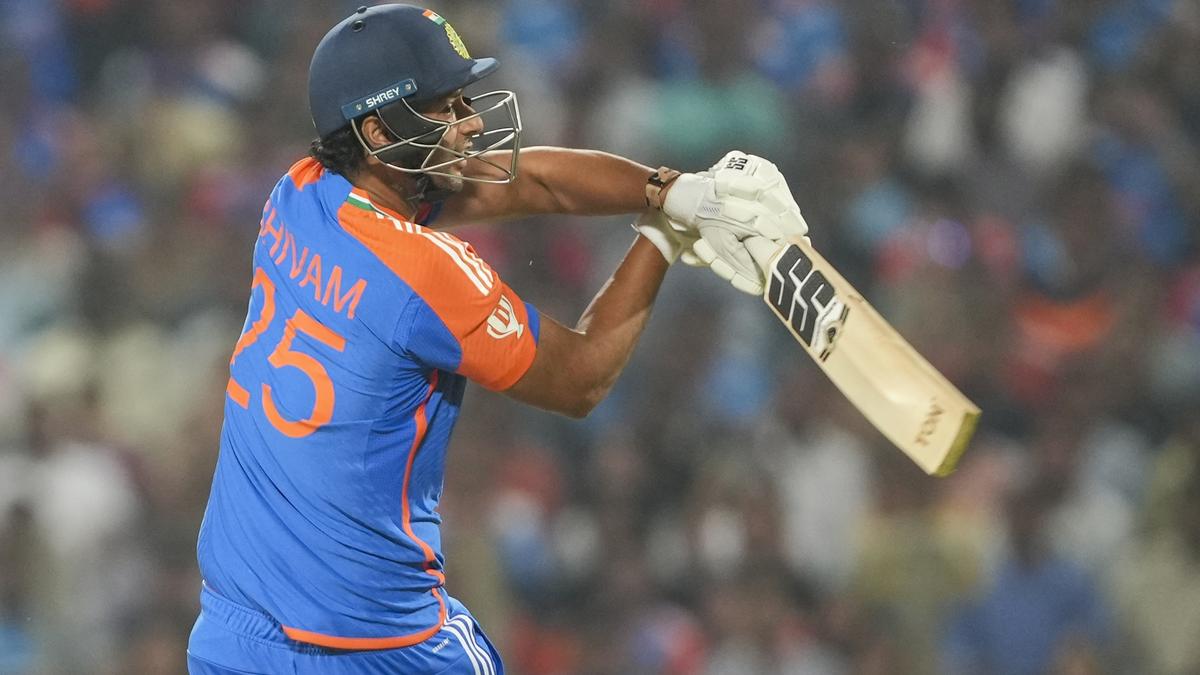
All you need to know about concussions
The Hindu
A concussion is a mild traumatic brain injury caused by a sudden hit, jolt, or impact on the head or body, leading to rapid movement of the brain inside the skull.
In the fourth T20I between India and England on January 31, 2025, Jamie Overton’s delivery struck Shivam Dube on the helmet during the 19th over. Following a mandatory concussion assessment, Dube continued to bat, but was run out on the next delivery, possibly due to impaired judgment stemming from the impact. Subsequently, India introduced Harshit Rana as a concussion substitute for Dube, a move that sparked debate over the appropriateness of the replacement.
Cricket was considered a safe sport largely, until Phil Hughes tragic death in 2014 highlighted possible risks. Despite wearing a helmet, the Australian cricketer suffered a fatal vertebral artery dissection from a short-pitched delivery. This led the ICC to enhance player safety, introducing redesigned helmets with extended guards and mandating wicketkeepers to wear helmets while standing up to spinners. In 2019, concussion protocols were implemented, requiring mandatory medical evaluations for any player injured before resuming play.
What is a Concussion?
A concussion is a mild traumatic brain injury caused by a sudden hit, jolt, or impact on the head or body, leading to rapid movement of the brain inside the skull. This shaking disrupts normal brain function, resulting in temporary neurological dysfunction without necessarily causing structural damage visible on imaging. Though often mild, concussions require proper care to prevent long-term complications. Concussions occur due to the rapid acceleration and deceleration of the brain inside the skull. It is a functional brain injury resulting in an energy deficit from biomechanical force.
The brain is a jelly-like delicate organ sitting inside the rigid skull and cushioned by cerebrospinal fluid. It comprises grey matter (neuronal cell bodies) and white matter (nerve fibres or axons). During rapid acceleration or deceleration—such as when a fast-moving ball strikes a cricketer—the brain can move back & forth within the skull. This movement may lead to a disruption in normal brain activity.
When a force hits the head, the brain is shaken, stretching the delicate axons that connect neurons. These axons aren’t just wires—they make us conscious, think and perceive the world. When they stretch, potassium ions leak out, triggering uncontrolled electrical firing across the brain. This misfiring is why concussed players experience dizziness, confusion or flashes of light.
If the stretching is too much, the axon breaks, releasing tau protein, a substance linked to chronic brain diseases. Over time, repeated concussions or even minor undiagnosed hits lead to tau buildup, causing chronic traumatic encephalopathy (CTE), personality changes, anxiety, depression, and dementia. Cricket may not be as violent, but fast bowlers hurling 140 km/h deliveries at close-range batsmen create a significant risk.













